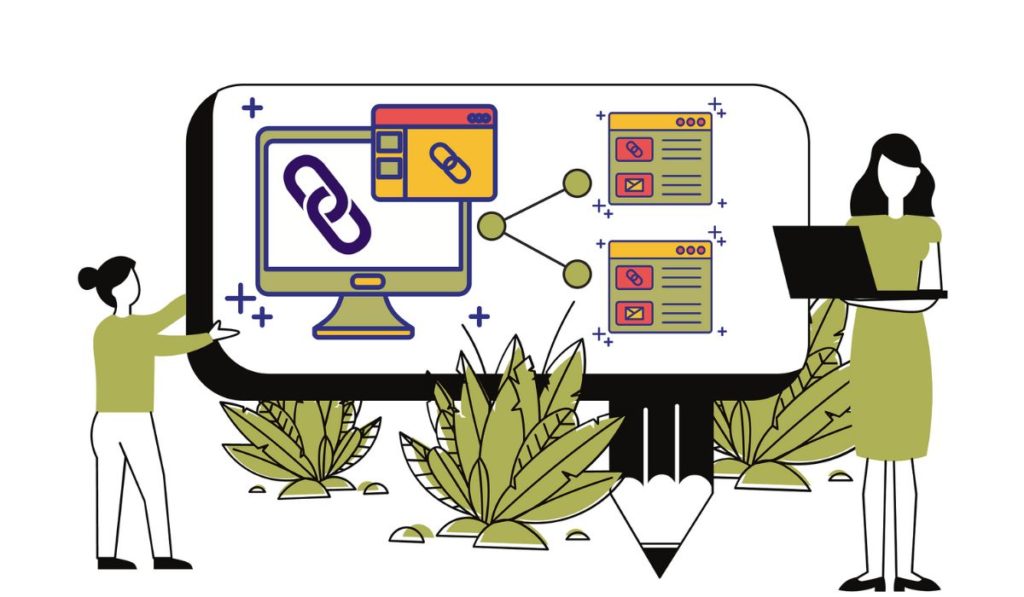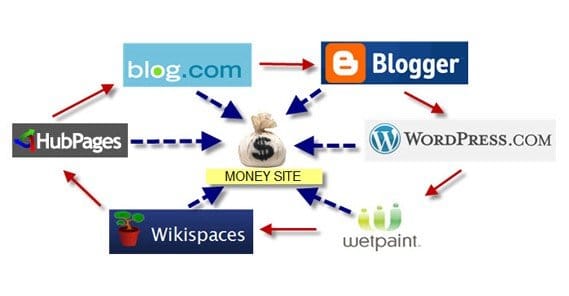In today’s competitive digital arena, web 2.0 backlinks have emerged as a cutting-edge tactic for boosting search engine rankings. Marketers and website owners are increasingly tapping into these backlinks to amplify their online authority and drive meaningful traffic. Unlike conventional links, web 2.0 backlinks allow you to orchestrate content on high-authority platforms, giving your website a credibility boost that search engines value highly.
What Are Web 2.0 Backlinks?
Web 2.0 backlinks originate from platforms that enable user-generated content such as Blogger, , Weebly, and Tumblr. By publishing articles, blogs, or tutorials on these platforms, you can embed links pointing to your main site. These backlinks differ from standard links because they thrive on fresh, unique content and appear more organic, which reduces the risk of SEO penalties.
The key advantage of web 2.0 backlinks lies in their ability to reinforce your site’s authority while simultaneously attracting referral traffic. When done correctly, these backlinks help search engines recognize your website as a trustworthy and relevant source.
How to Get Web 2.0 Backlinks
Obtaining web 2.0 backlinks requires more than just creating accounts. It demands creativity, persistence, and strategic planning. Here’s how to cultivate them effectively:
1. Pinpoint High-Authority Platforms
Start by scouting web 2.0 sites with strong domain authority. Platforms like Medium, Tumblr, Wix, and Blogger are ideal because they carry inherent SEO value. Selecting platforms relevant to your niche ensures that your backlinks hold maximum impact and resonate with your target audience.
2. Generate Original, Value-Packed Content
Next, engineer posts that provide tangible value. Whether it’s guides, reviews, or insightful articles, originality is essential. Integrate the keyword “web 2.0 backlinks” naturally within your content, ensuring it blends seamlessly without appearing forced. Unique content not only engages readers but also encourages others to reference and share your work.
3. Embed Contextual Links Strategically
Rather than scattering links randomly, position them contextually within the body of your content. Contextual links carry higher SEO weight because they enhance user experience while signaling relevance to search engines. Always ensure each backlink directs to a pertinent page on your main website.
4. Maintain Regular Activity
SEO rewards consistency. Populate your web 2.0 accounts regularly with fresh posts and updates. Active accounts signal to search engines that your content is valuable and worthy of indexing, which over time strengthens your domain authority.
5. Engage and Promote
Finally, interact with your audience. Share posts on social media, respond to comments, and engage with other creators. Active participation increases the likelihood of your content being referenced, multiplying the benefits of your web 2.0 backlinks.
Why Web 2.0 Backlinks Matter
Integrating web 2.0 backlinks into your SEO strategy delivers multiple benefits:
- Enhanced Rankings: High-quality backlinks boost your position in search results.
- Referral Traffic: Web 2.0 platforms can drive visitors directly to your website.
- Content Diversification: Publishing on multiple platforms establishes a broader online footprint.
- Lower Penalty Risk: Contextual, high-value backlinks reduce the likelihood of search engine penalties.
Conclusion
Web 2.0 backlinks are no longer optional—they are a pivotal part of a modern SEO strategy. By carefully selecting platforms, creating unique content, embedding links strategically, and engaging consistently, you can construct a powerful backlink profile that elevates both your search engine rankings and online visibility. Embracing this strategy today positions your website ahead of competitors while laying the foundation for sustainable growth.
Frequently Asked Questions (FAQ)
Q1: What sets web 2.0 backlinks apart from other types of links?
A: They come from user-generated content on reputable platforms, making them appear natural and authority-driven.
Q2: Are web 2.0 backlinks safe for SEO?
A: Yes, provided the content is original, relevant, and the links are contextually embedded.
Q3: How often should I publish on web 2.0 platforms?
A: Regular posting, ideally weekly, helps search engines recognize your activity and index content efficiently.
Q4: Can small websites benefit from web 2.0 backlinks?
A: Absolutely. They can improve visibility, build credibility, and attract niche-specific traffic.
Q5: Do I need multiple web 2.0 accounts for better results?
A: Using several platforms diversifies your backlink profile, reduces risk, and enhances exposure across different audiences.



